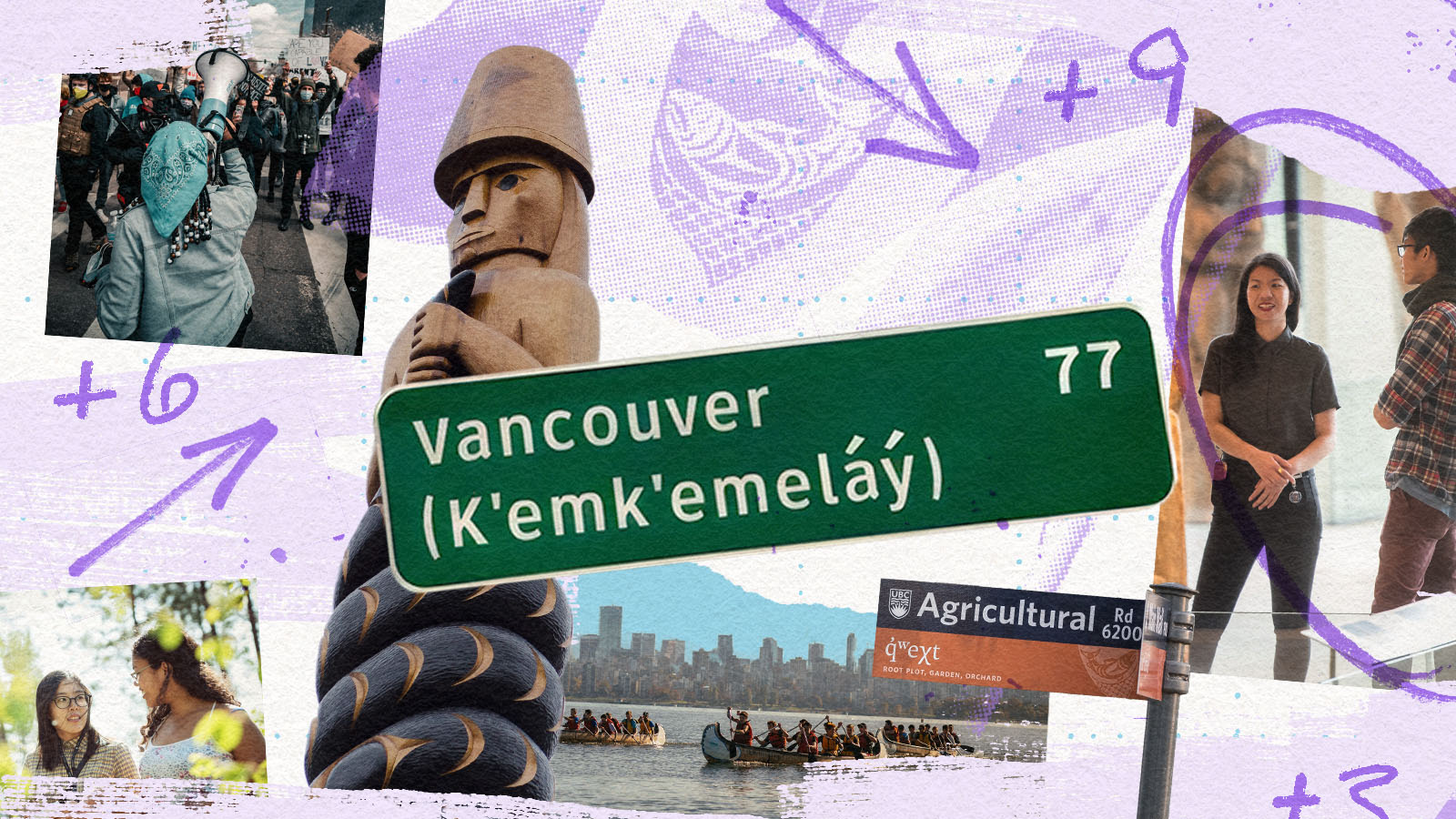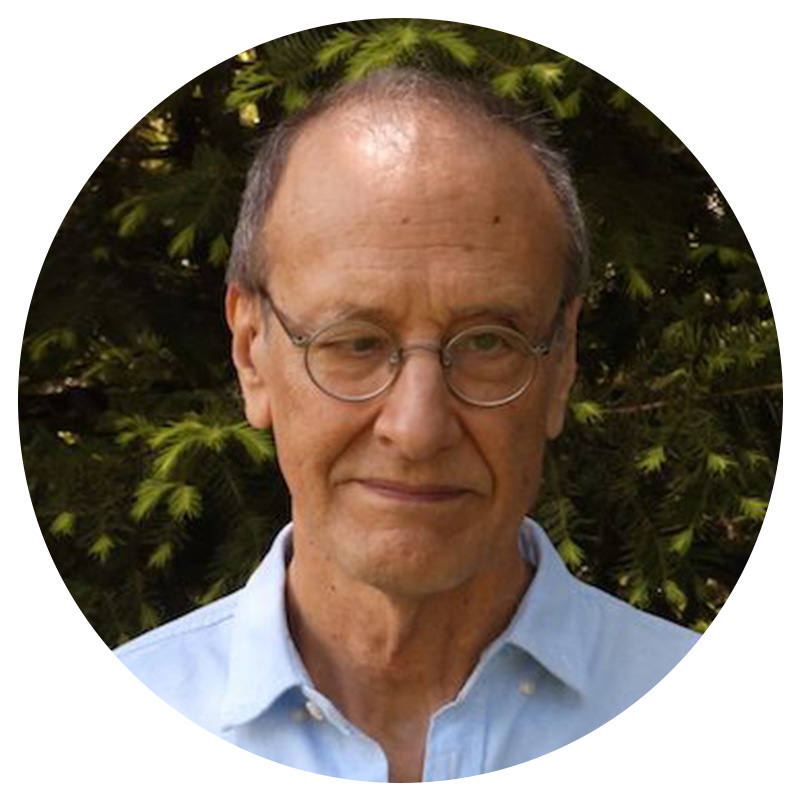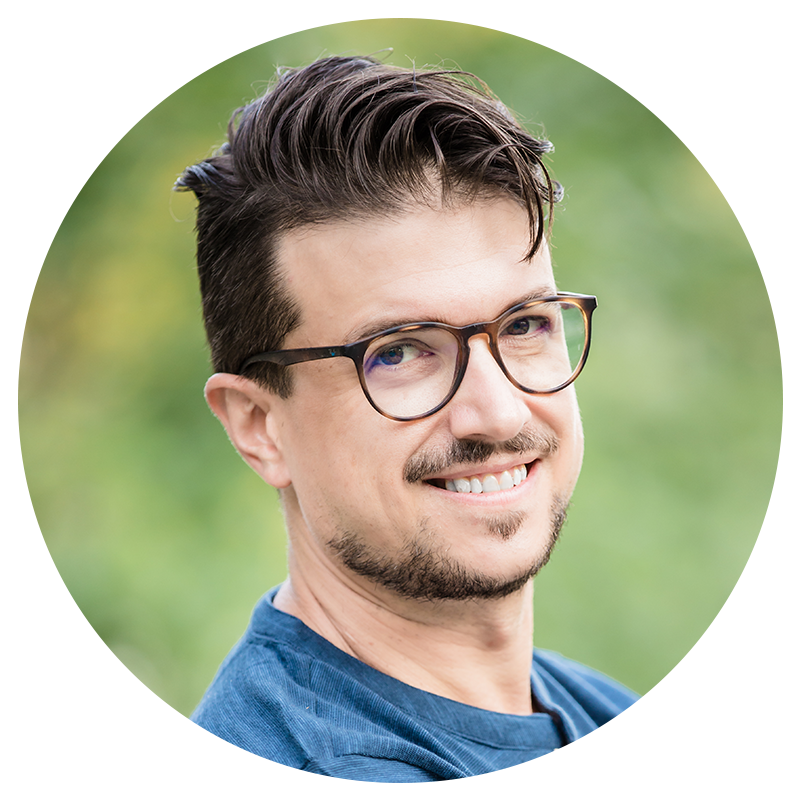

The UBC Faculty of Arts is on the traditional, ancestral and unceded territory of xʷməθkʷəy̓əm (Musqueam). Like the rest of Canada, we are situated on the stolen lands of Indigenous Peoples who have been the caretakers of this land since time immemorial. To gain a more holistic understanding of what that means, the Place and Power component of the new Bachelor of Arts degree requirement invites you to think critically about the history and contemporary conditions of Vancouver and British Columbia.
Place and Power is a crucial part of the new BA degree requirements, starting in 2024/25. To get a sense of the nuances cradled by concepts of place and power, and why the requirement was created, we spoke to two Arts faculty members who were central to its development. Professors Dr. David Gaertner and Dr. Linc Kesler discuss the importance of being able to comprehend the systems of power at play, social relations with Indigenous Peoples, structures of inequality, and how diverse cultural identities and communities are interwoven across time and traditional borders.
Why was Place and Power developed?
Develop a core foundational skill for your personal and professional life:
“This is absolutely not, it should not be, and I hope never will be a virtue signalling exercise” Dr. Kesler starts. “We would like these courses to be places where students can really dig into an understanding of how our society works, how history has shaped things and how power structures exist around them.” Ultimately, Place and Power courses are meant to shape your perspective and prompt reflection about how your own positionality, and those of others, can lead toward a better outcome in your everyday life.
“This is not a performance of morality. I think this requirement pushes back against this. We’re saying these are skills and about knowing how to work with people to understand histories of place and the power structures that built the systems we all work in. It’s knowledge that will make you an effective worker, citizen, and professional in the world.”
Place and Power wasn’t developed to be the source of change or solution to systemic injustices by any means. However, we are confronted by these issues in a very real way across all walks of life and disciplines. “To assert that it is performative to have to go through training is missing the point of what it means to exist in the modern world,” Dr. Gaertner explains. “We are putting together Place and Power courses that are actually going to make students better employees and more able to do their job because they understand the environment they’re working in. We see this as a core foundational skill development.”
Gain a collective way of thinking:
The new BA “Ways of Knowing” degree requirement is interdisciplinary in nature. From the very beginning, faculty and staff members involved in its development strived to bring students and professors from different fields together to learn from each other. “In implementing the 2009 Aboriginal Strategic Plan we asked Faculties across the university to think about how their curriculum could address the concerns of Indigenous peoples in ways relevant to their disciplines and the future lives and careers of their students. With Place and Power Arts departments are developing curriculum that similarly locates Place and Power concerns in approaches relevant to their disciplines that are engaging for students and will serve them in their future lives.” says Dr. Kesler.
What can students learn or encounter in Place and Power courses?
Reflect on the deep-seated history of where you are:
Vancouver as a place, for example, is a port city. Thinking about that in a meaningful way considers where we are, the diverse communities that live here, and understanding what living in a port city entails in terms of economics or immigration. The Indian Residential School History and Dialogue Centre (IRSHDC), as another example, is at the very center of UBC Point Grey campus, which, according to Dr. Kesler, is a visible reminder of many historical and persistent issues that we need to face. “It’s an indication of the consequences of people not knowing about history, not fully understanding it. The horrors of those schools happened in part because people did not know about them except government policy makers and the people running them. They’re all documented in there [IRSHDC] for anybody who wants to understand it. It can be very damaging when people don’t have information and aren’t thinking about the consequences, and the damage can last for a verylong time,” Dr. Kesler explains.
“Place and Power courses should never tell people what to think. They should be to identify issues and provide people with ways of thinking about them, work to encourage people to develop their own understanding and to think very carefully about what they want. Encouraging people to think is much more likely to have better and longer-lasting effect than telling them what they ought to do and what they ought to think. Most of us have heard many things like that at different points in our life and many of us resist them.”
Cultivate a safe space for critical thinking and engagement:
The “Place and Power” component is designed not for unidirectional knowledge delivery from instructors to students but for active, collaborative engagement. It emphasizes recognizing and addressing power dynamics within the classroom. Dr. Gaertner notes, “understanding how power operates from different positionalities, including the students’ own backgrounds and experiences, is crucial to what we aim for students to gain from this experience.” Considering Dr. Gaertner’s research about the trend of digital media channels—like social media—creating silos of information, he emphasizes that conversations within Place and Power courses are about challenging that model through unpacking the issues and getting to the root of the ‘why’ in a structured and safe setting. “In the spirit of reconciliation and community building, these are the hard conversations we need to learn how to have, and preparing students to have those conversations is a massive leg up in a society where it’s becoming more difficult to be able to do that without somebody storming out of the room, feeling harmed or hurt.” Through Place and Power, students can have productive conversations and have a bigger and better understanding of the various kinds of interdisciplinary discourse that involves justice, equity, or inclusion; especially for and by marginalized communities.
What advice do you have for incoming students?
Share your story because it’s invaluable knowledge:
A lot of work has gone into the new BA degree requirements on the administrative, faculty, and staff side, but what’s really going to elevate it moving forward are students and what they bring into Place and Power courses. With enthusiasm, Dr. Kesler advises “the way it’s been designed and is unfolding, there are going to be many different perspectives in the contexts of many different disciplines. Students bring their own experiences and histories with them and that’s part of what’s there to talk about and bring into critical conversations. All those lived experiences are valuable.”
“What I’ve learned from Musqueam and Indigenous scholars is that our histories and where we are contribute to who we are and what we do. It’s connected to our language, how we relate to people, the kinds of work that happens. It’s at the core of who we are. If we’re not attentive to these circumstances, we’re missing a really fundamental part of who we are and what we do in these places and in our lives.”
Build respectful relationships with others:
As one of the largest and most diverse faculties in the university, the Faculty of Arts offers an exceptional chance to do this work because of the people. Members of the Arts community come from everywhere which makes many discussions and questions possible. Dr Kesler suggests that “you have an opportunity here to have interactions that might be difficult to have at later points in your lives when you’re involved in your occupation and the risks may be higher. Take advantage of the opportunity here to develop the ability to talk across differences to all the people around you in a productive way. Learning how to do that will affect every conversation you have later on and is a skill and value you can bring to any personal and professional circumstance.”
“How can we improve our relationships with each other and with our environment? What role do I play in this? The 'Place & Power' initiative focuses on empowering students to reflect on these questions in their personal contexts. Simply providing students with an EDI formula to memorize does not facilitate genuine understanding. Instead, our objective is to cultivate students' critical thinking skills regarding their connection to B.C. its significance to themselves, their future workplaces, and society at large.”


Dr. Linc Kesler is a Professor Emeritus in the Department of English Language and Literatures, and was the first Director of the First Nations Studies Program. Additionally, he was the Director of the First Nations House of Learning and Senior Advisor to the President on Aboriginal Affairs.


Dr. David Gaertner is an Associate Professor in the Institute for Critical Indigenous Studies and Associate Member in the Department of English Language and Literatures. He is also the Associate Editor and New Media Curator in BC Studies, and co-Director of the CEDaR space: a community-centered new media and immersive storytelling lab.


